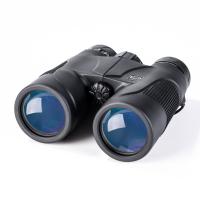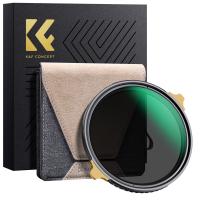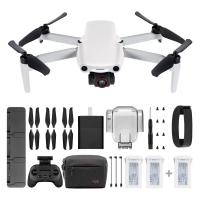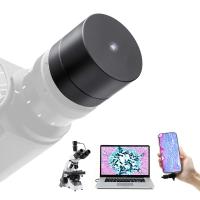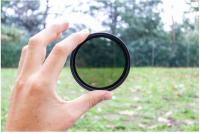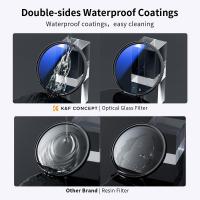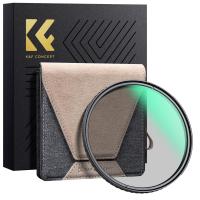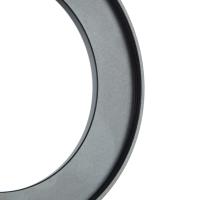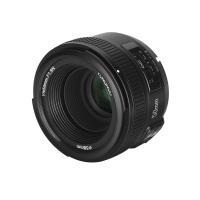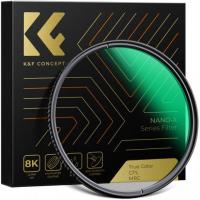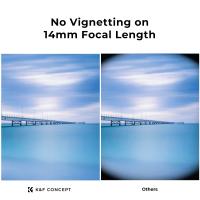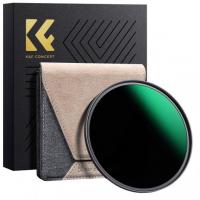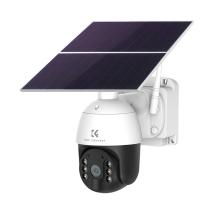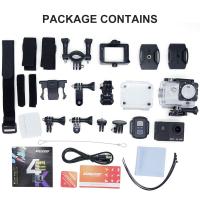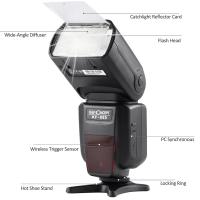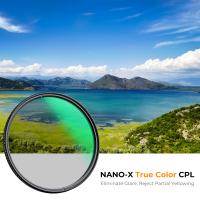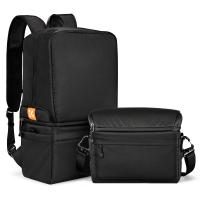What Is A Lens Filter Size?
Understanding Lens Filter Sizes: A Comprehensive Guide for Photographers
As a photographer, whether you're a seasoned professional or an enthusiastic amateur, understanding the intricacies of your equipment is crucial. One such detail that often confuses many is the concept of lens filter sizes. This seemingly small aspect can significantly impact your photography, influencing everything from image quality to the types of filters you can use. In this article, we will delve into what lens filter sizes are, why they matter, and how to choose the right one for your needs.
What is a Lens Filter Size?
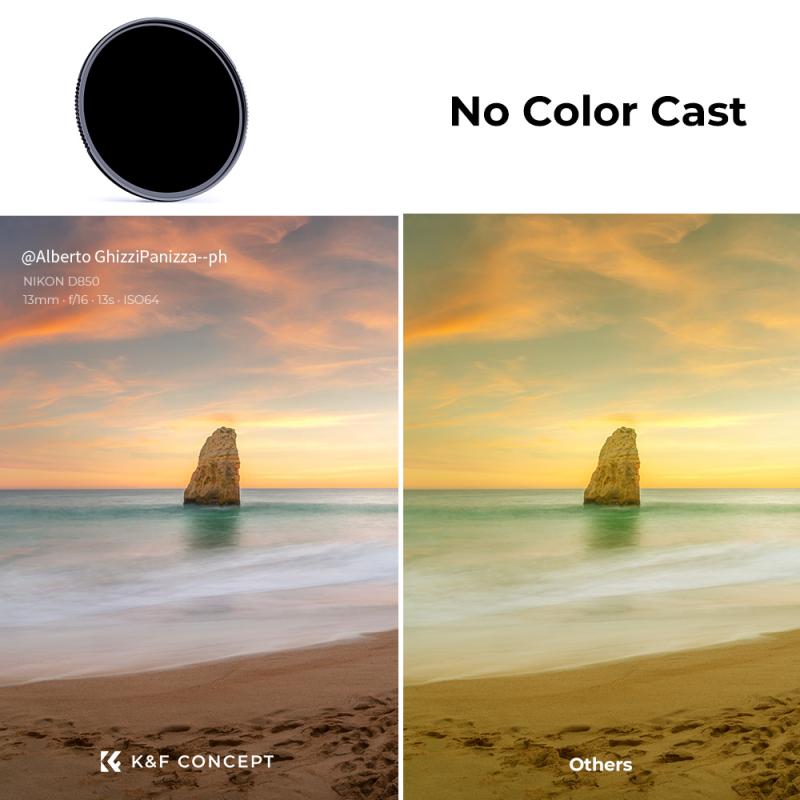
Lens filter size refers to the diameter of the filter that fits onto the front of your camera lens. This size is typically measured in millimeters (mm) and is crucial for ensuring that the filter you purchase will fit your lens correctly. The filter size is usually indicated on the lens itself, often marked with a symbol that looks like a circle with a line through it (Ø), followed by the size in millimeters. For example, you might see something like Ø58mm, which means the lens filter size is 58 millimeters.
Why Lens Filter Size Matters
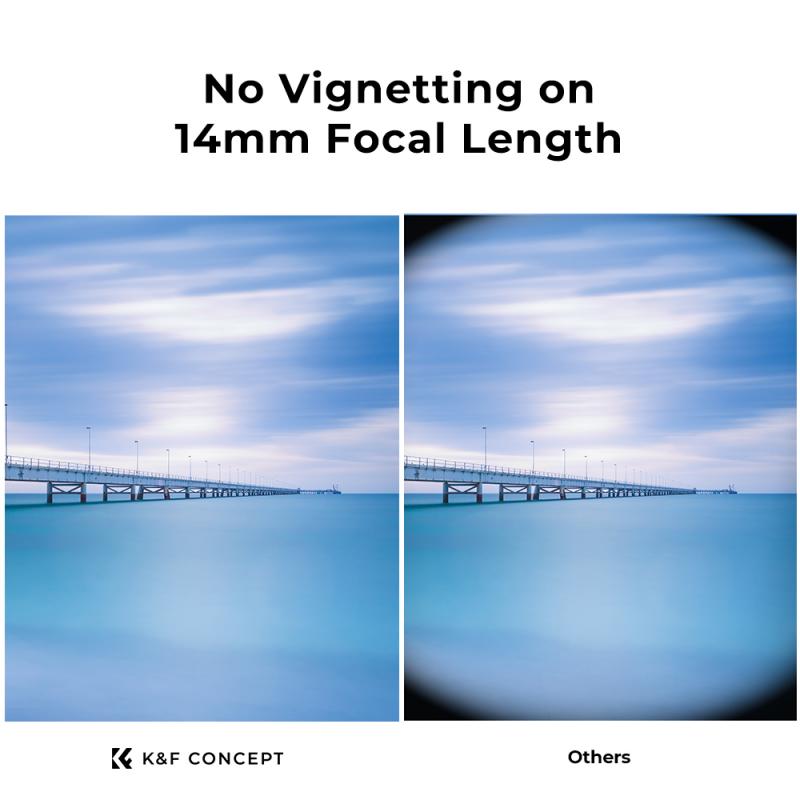
Understanding and choosing the correct lens filter size is essential for several reasons:
1. Compatibility: Filters are designed to fit specific lens diameters. Using the wrong size can result in vignetting (darkening of the corners of your image) or the filter simply not fitting at all.
2. Image Quality: A properly fitting filter ensures that there is no unwanted light leakage or distortion, maintaining the integrity of your images.
3. Convenience: Knowing your lens filter size allows you to quickly and easily purchase the correct filters, saving you time and potential frustration.
Types of Lens Filters
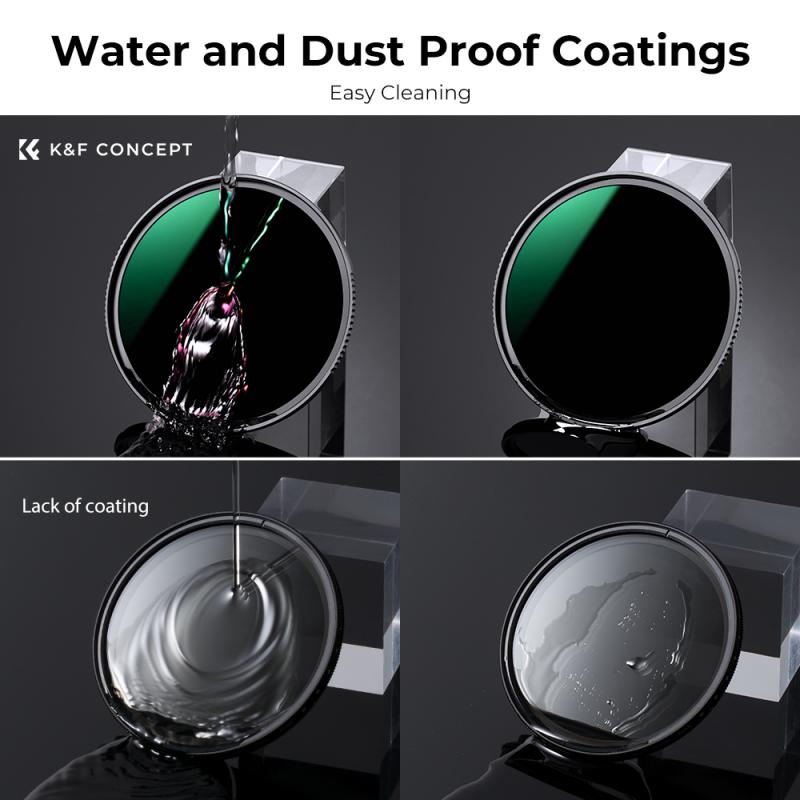
Before diving into how to choose the right filter size, it's helpful to understand the different types of lens filters available:
1. UV Filters: These filters protect your lens from dust, scratches, and UV rays. They are often used as a protective layer over the lens.
2. Polarizing Filters: These filters reduce reflections and glare from non-metallic surfaces like water and glass, enhancing color saturation and contrast.
3. Neutral Density (ND) Filters: ND filters reduce the amount of light entering the lens, allowing for longer exposure times and wider apertures in bright conditions.
4. Graduated ND Filters: These are similar to ND filters but have a gradient, allowing for balanced exposure in scenes with varying light intensities.
5. Color Filters: These filters add color effects to your images, often used in black and white photography to enhance contrast.
How to Determine Your Lens Filter Size
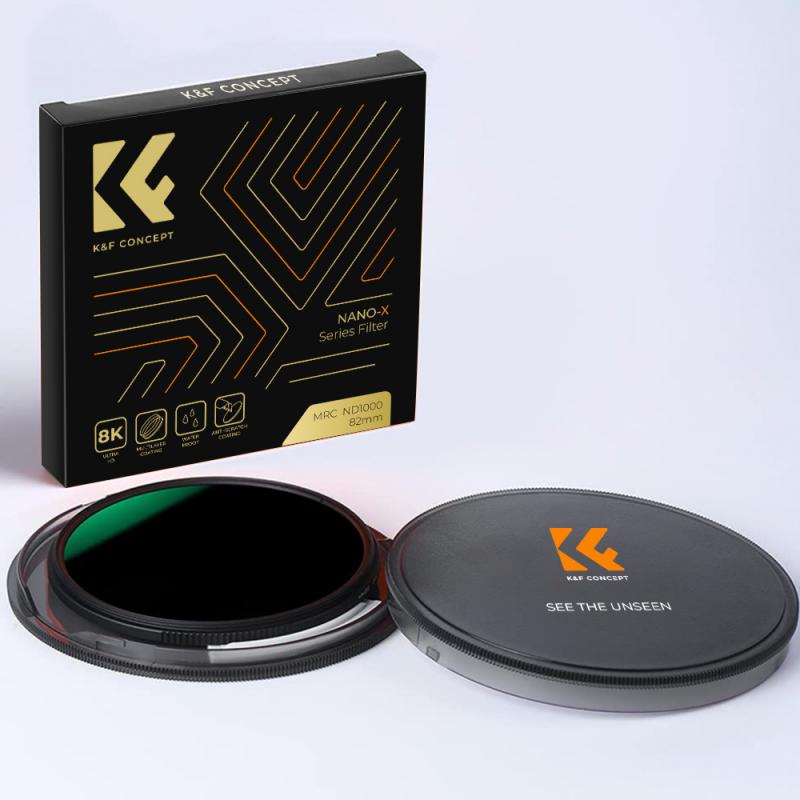
Determining your lens filter size is straightforward. Here are a few methods:
1. Check the Lens: As mentioned earlier, the filter size is usually marked on the lens itself. Look for the Ø symbol followed by a number.
2. Lens Cap: Sometimes, the filter size is also indicated on the inside of the lens cap.
3. Manufacturer's Specifications: Check the lens specifications in the user manual or on the manufacturer's website.
Choosing the Right Filter Size
Once you know your lens filter size, choosing the right filter becomes much easier. Here are some tips to help you make the best choice:
1. Match the Size: Always ensure that the filter size matches the diameter of your lens. If you have multiple lenses with different diameters, you may need different filters for each or use step-up rings.
2. Quality Matters: Invest in high-quality filters from reputable brands. Cheap filters can degrade image quality and may not provide the protection or effects you need.
3. Consider Your Needs: Think about what you want to achieve with the filter. For example, if you often shoot landscapes, a polarizing filter might be essential. If you do a lot of long exposure photography, an ND filter could be invaluable.
Step-Up and Step-Down Rings
If you have multiple lenses with different filter sizes, constantly buying new filters can be expensive. This is where step-up and step-down rings come in handy. These rings allow you to use a filter of one size on a lens with a different diameter. For example, a step-up ring can let you use a 77mm filter on a 67mm lens. This can save you money and reduce the number of filters you need to carry.
Practical Tips for Using Lens Filters
1. Stacking Filters: While it might be tempting to stack multiple filters, this can lead to vignetting and reduced image quality. Use stacking sparingly and only when necessary.
2. Cleaning: Keep your filters clean to avoid smudges and dust spots on your images. Use a microfiber cloth and lens cleaning solution.
3. Storage: Store your filters in a protective case to prevent scratches and damage when not in use.
Common Mistakes to Avoid
1. Ignoring Filter Size: Using the wrong filter size can lead to poor image quality and potential damage to your lens.
2. Cheap Filters: Low-quality filters can introduce unwanted artifacts and degrade your images. Invest in good quality filters.
3. Overlooking Step-Up/Step-Down Rings: These rings can save you money and space in your camera bag. Don’t overlook their utility.
Understanding lens filter sizes is a fundamental aspect of photography that can significantly impact your work. By knowing your lens filter size, choosing the right filters, and using them effectively, you can enhance your images and protect your equipment. Whether you're looking to reduce glare, balance exposure, or add creative effects, the right filter can make all the difference. So, take the time to understand your gear, invest in quality filters, and enjoy the enhanced capabilities they bring to your photography.





